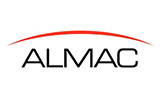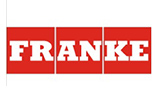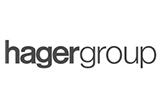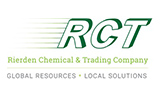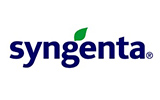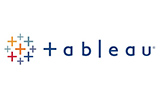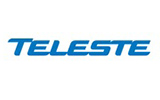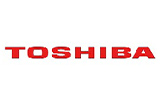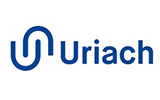
The global High Frequency Trading Market is valued at approximately USD 599.25 billion in 2023 and is expected to witness a steady compound annual growth rate (CAGR) of 6.3% from 2024 to 2032. High frequency trading (HFT) has become a cornerstone of modern financial markets, revolutionizing trading methodologies by leveraging sophisticated algorithms and advanced computing technologies to execute trades at unprecedented speeds. This cutting-edge trading strategy is designed to identify and capitalize on market inefficiencies within milliseconds, offering significant advantages to firms engaged in equities, forex, and other financial markets.
The growing adoption of algorithmic trading, coupled with advancements in low-latency infrastructure, is driving demand for high frequency trading systems. These systems rely on X-86-based and ARM-based processors for computational efficiency and scalability, empowering firms to process vast datasets and execute trades seamlessly. Moreover, as financial institutions embrace AI-driven predictive analytics, HFT is evolving to incorporate machine learning algorithms, enabling smarter decision-making and enhanced risk management.
High frequency trading is reshaping market dynamics by increasing liquidity and narrowing bid-ask spreads. The rising adoption of HFT in forex markets and equity trading underscores its transformative impact on the global financial ecosystem. Regulatory initiatives aimed at fostering transparency and ensuring fair trading practices further propel market growth, creating opportunities for innovation in algorithm design and real-time analytics. However, challenges such as regulatory scrutiny, cybersecurity risks, and the significant capital required for infrastructure development could act as growth deterrents.
Key regions included in the analysis are North America, Europe, Asia Pacific, Latin America, and the Middle East & Africa. North America currently dominates the HFT market due to its advanced financial infrastructure, significant investments in trading technologies, and a high concentration of leading trading firms. Europe follows closely, driven by stringent regulatory frameworks and the region's commitment to innovation in financial technology. Meanwhile, the Asia Pacific region is expected to register the fastest growth, fueled by increasing digitization, the proliferation of financial markets, and growing interest in algorithmic trading within emerging economies such as China and India.
Major market players included in this report are:
Citadel Securities
Virtu Financial
Flow Traders
DRW Trading Group
Two Sigma Investments
Jump Trading
XTX Markets
Hudson River Trading
Optiver
Quantlab Financial
IMC Financial Markets
Tower Research Capital
Jane Street
KCG Holdings
Wolverine Trading
The detailed segments and sub-segment of the market are explained below:
By Processor
X-86-based
ARM-based
By Form Factor
Rack-mounted
Blade Servers
By Application
Equity Trading
Forex Markets
By Region:
North America
U.S.
Canada
Europe
UK
Germany
France
Spain
Italy
Rest of Europe
Asia Pacific
China
India
Japan
Australia
South Korea
Rest of Asia Pacific
Latin America
Brazil
Mexico
Middle East & Africa
Saudi Arabia
South Africa
Rest of Middle East & Africa
Years considered for the study are as follows:
Historical Year - 2022
Base Year - 2023
Forecast Period - 2024 to 2032
Key Takeaways:
Comprehensive market forecasts for the period 2025-2033.
In-depth regional and segmental revenue analysis.
Strategic insights into competitive dynamics and major players' business models.
Regulatory and technological trends shaping the HFT market landscape.
Data-driven recommendations for stakeholders to navigate emerging opportunities and challenges



